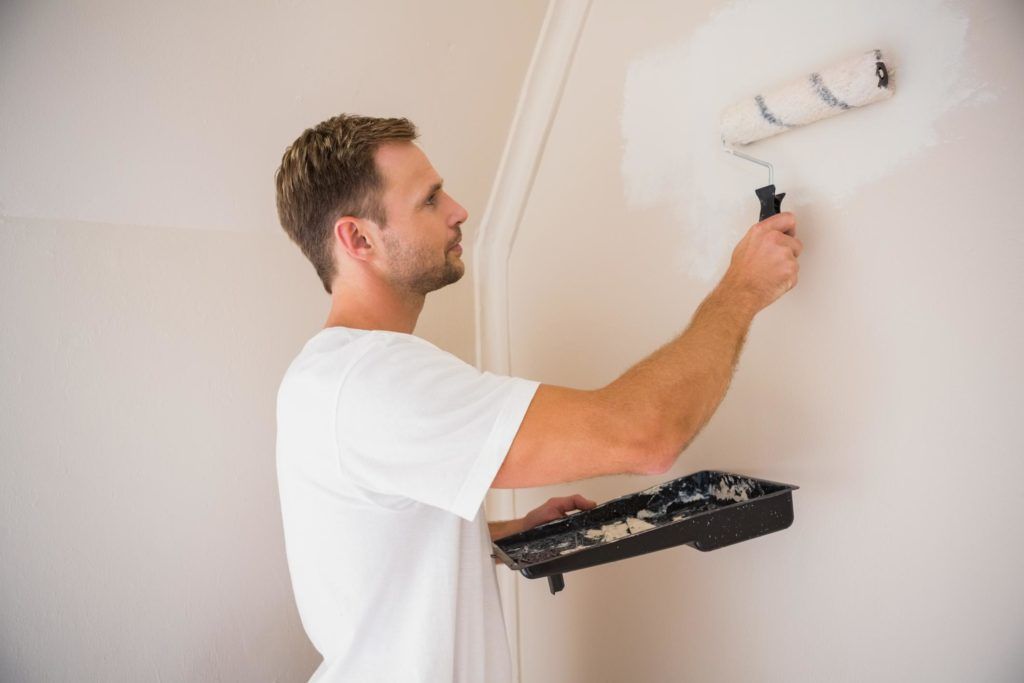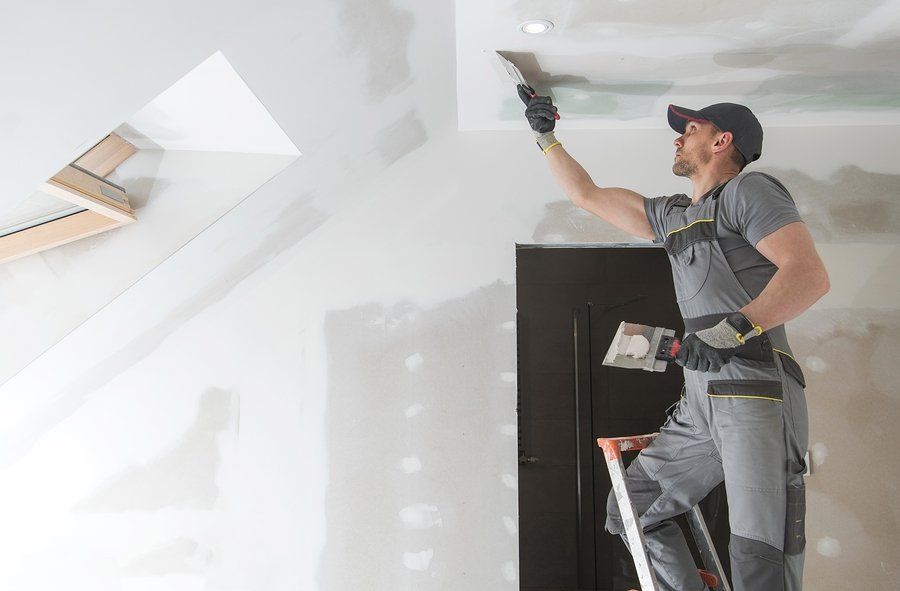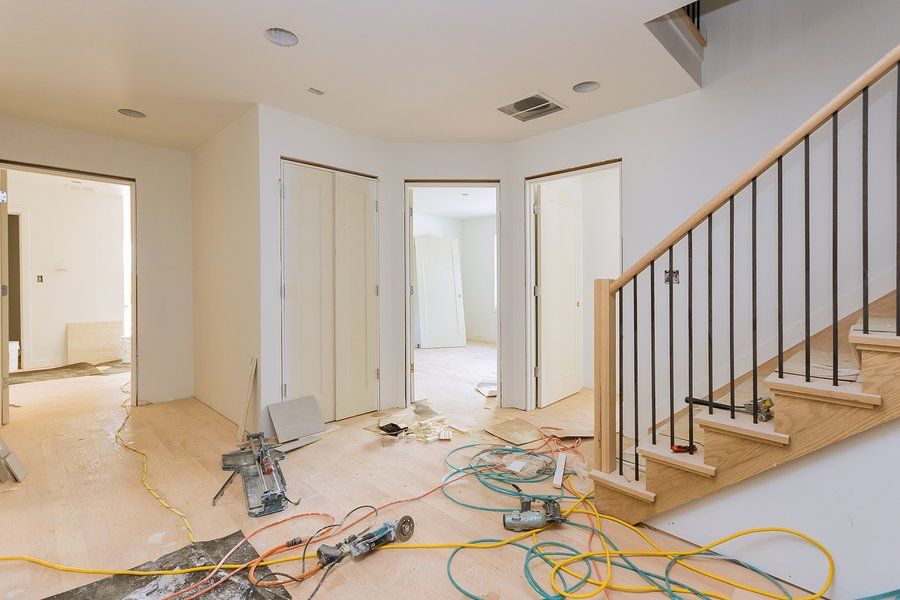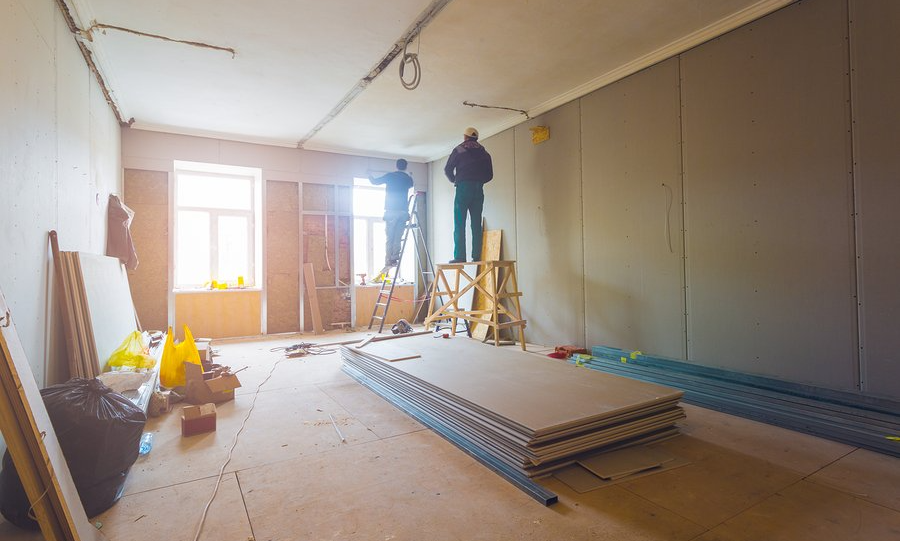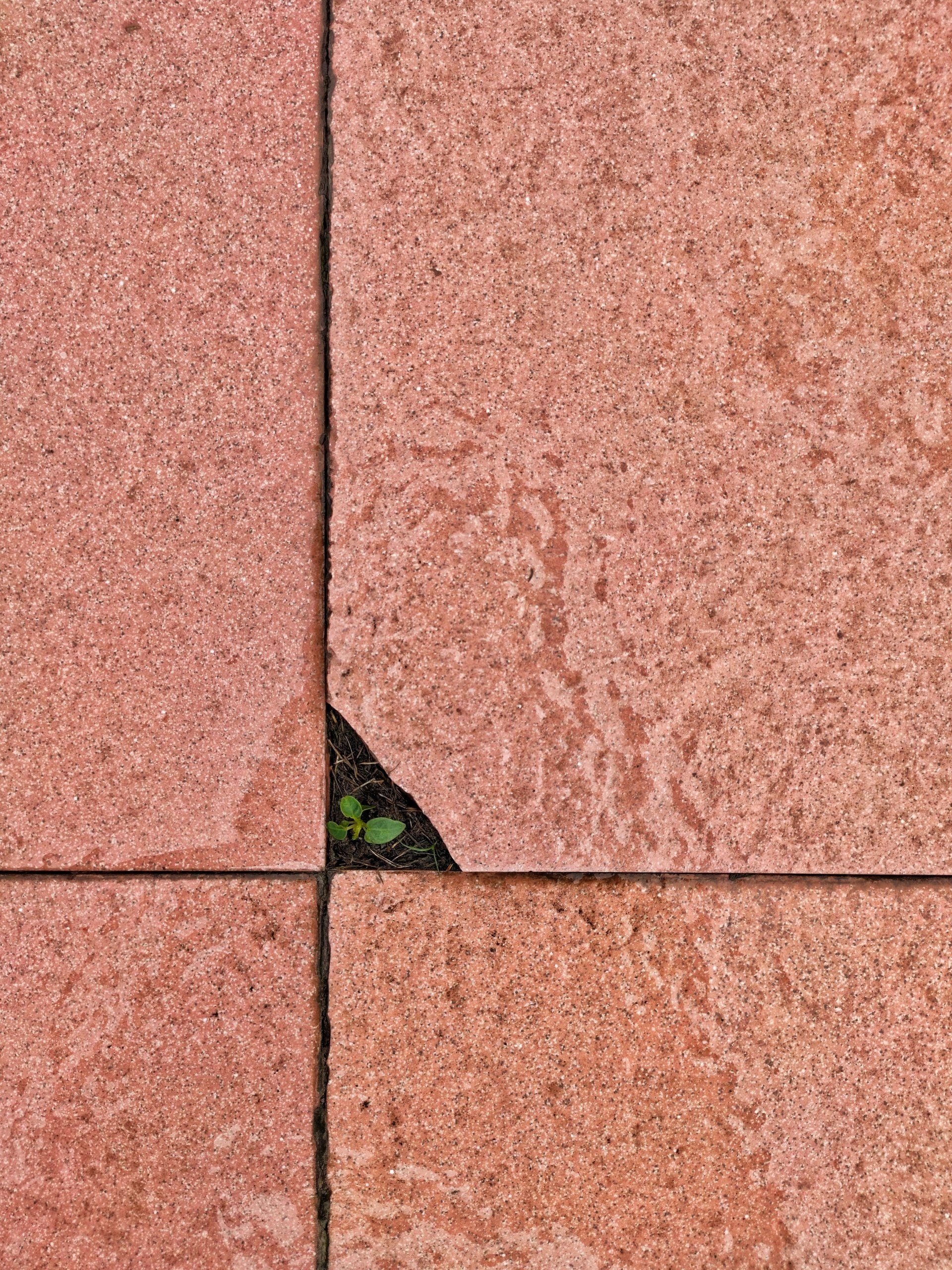Cracks in Sheetrock: Causes, Solutions, and Prevention
"From Identification to Prevention: Mastering the Art of Sheetrock Crack Management"
Cracks in sheetrock are a common issue that many homeowners encounter at some point. Whether they appear on your walls or ceiling, these cracks can be a source of frustration and concern. In this comprehensive guide, we will delve into the various types of cracks in sheetrock, their causes, and effective solutions for fixing them. Whether you're dealing with a minor crack or a more substantial issue, understanding how to identify, repair, and prevent cracks in sheetrock is crucial to maintaining the integrity and appearance of your home.

Types of Cracks in Sheetrock
Hairline Cracks
Hairline cracks are the most common and least severe type of cracks in sheetrock. They are extremely thin, often barely visible, and typically occur due to minor shifts in your home's structure. These cracks are usually not a cause for concern and are primarily cosmetic.
Vertical Cracks
Vertical cracks in sheetrock can be more significant and are often a result of stress or movement within the wall. While some vertical cracks may still be minor, they may require closer inspection to determine their cause and severity.
Horizontal Cracks
Horizontal cracks, especially in walls, are typically more concerning than vertical cracks. They may indicate structural issues, such as foundation problems or excessive load bearing. Immediate attention and professional evaluation are necessary when dealing with horizontal cracks.
Stair-Step Cracks
Stair-step cracks are often seen in masonry walls but can affect sheetrock as well. They typically indicate significant structural movement or settlement issues within the building. These cracks should be taken seriously and inspected by a structural engineer.
Common Causes of Cracks in Sheetrock
Understanding the underlying causes of cracks in sheetrock is essential for effective repair and prevention. Some common causes include:
Settlement: As a house settles over time, minor cracks can appear in sheetrock. This is a natural occurrence and is usually not a cause for alarm.
Temperature Fluctuations: Extreme temperature fluctuations can cause building materials, including sheetrock, to expand and contract, resulting in cracks.
Moisture: Water infiltration, whether from leaks or humidity, can weaken the sheetrock and lead to cracks over time.
Structural Issues: Cracks in sheetrock may result from more significant structural problems, such as foundation issues or shifting soil.
Poor Installation: Incorrect installation of sheetrock, such as insufficient drywall screws or adhesive, can lead to cracks appearing over time.
House Settlement: As a house settles into its foundation, it can create stress on the sheetrock, resulting in cracks.
Cracks in sheetrock walls
Cracks in sheetrock walls, often referred to as "cracks in sheetrock" or "crack in sheetrock wall," can be a common issue faced by homeowners. These cracks can vary in size and severity, ranging from hairline cracks that are barely visible to larger, more noticeable fissures. Understanding the causes behind these cracks, such as settlement, temperature fluctuations, or structural issues, is crucial to effectively addressing them. Whether you're dealing with minor cosmetic cracks or more significant concerns, timely inspection and repair can help maintain the structural integrity and appearance of your sheetrock walls, ensuring a safe and aesthetically pleasing living environment.
Crack in sheetrock ceiling
A crack in a sheetrock ceiling, often referred to as simply a "crack in sheetrock," can be a worrisome sight for homeowners. These cracks in sheetrock ceilings can vary in size and length, but they all share the potential to raise concerns about the structural integrity of the ceiling and the aesthetics of the space. Identifying the root cause of the crack, whether it's due to settling, temperature fluctuations, or other factors, is essential for determining the appropriate repair approach. Promptly addressing a crack in a sheetrock ceiling can help prevent it from worsening and ensure that your ceiling remains not only visually appealing but also safe and stable.
Fixing a Crack in Sheetrock
Hairline Crack Repair
Hairline cracks are typically minor and primarily cosmetic. Here's how to repair them:
a. Clean the Crack: Remove any loose debris, dust, or loose particles from the crack using a utility knife or scraper.
b. Fill the Crack: Apply a thin layer of joint compound (mud) to the crack using a putty knife. Feather the edges to blend it seamlessly into the surrounding area.
c. Sand and Repeat: Once the joint compound dries, sand it down to a smooth finish. You may need to apply additional layers of joint compound and repeat the process until the crack is no longer visible.
d. Prime and Paint: After achieving a smooth finish, prime the repaired area and repaint it to match the surrounding wall or ceiling.
Vertical and Horizontal Crack Repair
Vertical and horizontal cracks may indicate more significant structural issues and should be inspected by a professional before attempting repairs. If the crack is minor and deemed non-structural, the following steps may be taken:
a. Determine the Cause: Identify and address the underlying cause of the crack, such as settling or temperature fluctuations.
b. Reinforce the Crack: For larger cracks, apply a mesh tape or patch over the crack to reinforce it.
c. Fill and Smooth: Use joint compound to fill the crack, following the same process as for hairline cracks. Ensure the patched area is smooth and blends with the surroundings.
d. Paint: Prime and paint the patched area to match the rest of the wall or ceiling.
Stair-Step Crack Repair
Stair-step cracks often indicate more severe structural problems. It is essential to consult with a structural engineer or foundation specialist to diagnose and address the underlying issue. Repairing stair-step cracks without addressing the cause may result in recurring problems.
Preventing Cracks in Sheetrock
Preventing cracks in sheetrock involves both proactive measures and regular maintenance:
Proper Installation: Ensure that sheetrock is installed correctly by experienced professionals, using the right materials and techniques.
Maintain Proper Moisture Levels: Keep your home well-ventilated and address any leaks or moisture issues promptly to prevent sheetrock damage.
Foundation Maintenance: Regularly inspect and maintain your home's foundation to prevent settlement-related cracks.
Temperature Control: Maintain a stable indoor temperature to minimize temperature-related expansion and contraction of building materials.
Avoid Heavy Loads: Be cautious about hanging heavy objects on walls or ceilings, as excessive weight can lead to cracks.
Regular Inspections: Periodically inspect your walls and ceilings for signs of cracks or damage. Address any issues promptly.
Use Expansion Joints: In large spaces or areas prone to movement, consider the use of expansion joints to allow for natural expansion and contraction of materials.
Conclusion
Cracks in sheetrock, whether in walls or ceilings, can be a concern for homeowners. Understanding the types and causes of these cracks is essential for effective repair and prevention. Hairline cracks can often be repaired easily for cosmetic purposes. Still, vertical, horizontal, or stair-step cracks may indicate more significant structural issues and require professional evaluation. These structural issues could stem from underlying problems in the foundation, often exacerbated in areas like the basement or crawl space where moisture from a flood might accumulate. It's essential to measure these cracks; even those as narrow as an inch can signify deeper issues, particularly if they appear in brick walls or along the floor junctions. Homeowners should also inspect the wood structures and roof for similar damage, as these elements can also reflect the health of the building's overall structure and might necessitate foundation repair to prevent further deterioration.
Regular maintenance, proper installation, and addressing the root causes of cracks are essential steps in preventing future problems. By taking proactive measures and addressing cracks promptly, you can ensure the long-term integrity and aesthetics of your home's sheetrock surfaces.


